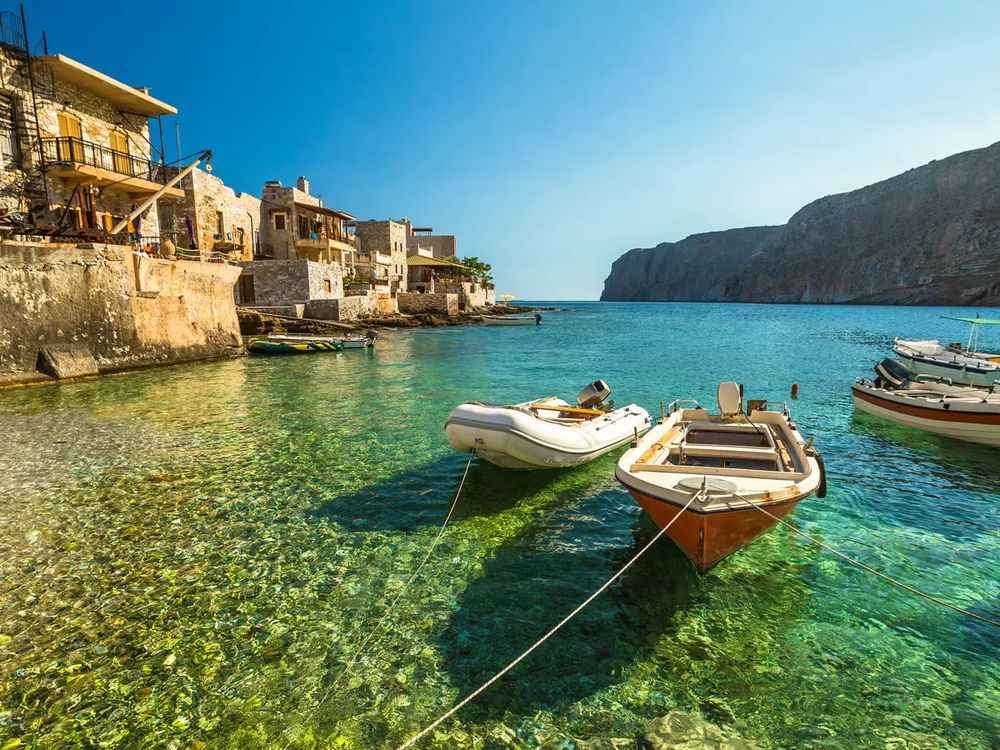Romania is by far the largest country in the Balkans, so it’s no surprise that it contains a diverse range of landscapes and cultures. Although it’s not as uniformly mountainous as several other Balkan countries, the beautiful Carpathian mountains cut right through the heart of the country and are an important part of its identity. The province of Transylvania, north and west of these mountains, is historically not part of the Balkans at all.
Where to go: some suggestions
Transylvania offers the opportunity for a varied holiday, with many places of interest in a fairly small area. The cities of Braşov and Sibiu and the smaller town of Sighişoara have many treasures of mediaeval architecture and reminders of the strong German influence in the region, while the lively university town of Cluj is also worth a visit. Sibiu and Cluj both have outdoor museums of rural architecture. But Transylvania is not just about towns: they are surrounded by rolling green hills and picturesque villages, some with fortified churches, the most original architectural features of the region. Braşov is a particularly good base, with easy access to a variety of castles, villages, and fortified churches. Just over the provincial border in Wallachia you can visit Sinaia’s Peleş Castle, an imposing if slightly bizarre 19th century palace.
The wooded valleys of Southern Bucovina, near Romania’s northern border, shelter a group of artistic masterpieces that seem to belong to a different world from Transylvania’s Gothic churches. I’ve visited many Orthodox monasteries all over the Balkans, and found the Painted Monasteries the most moving of all. Also in the northeast is the city of Iaşi, some way off the usual tourist beat but perhaps unfairly overlooked. Admittedly it’s a bit of an architectural mess, but I think it’s a fascinating one – you’re never quite sure what you are going to come across while wandering its streets.
Romania’s mountains provide many opportunities for hiking, from short walks to serious treks. Popular hiking areas have well-marked trails and plenty of cabanas. The Bucegi Mountains and Prahova Valley, south of Braşov, are particularly accessible, but there are many other possibilities.
Bucharest receives mixed reviews from travellers. Its detractors point to its lack of old buildings, traffic fumes, litter, brutalist modern architecture, and general falling-apartness. It’s true that you are likely to be disappointed if you go there expecting a postcard-pretty Central European city like Prague or Krakow. But there is plenty to discover here: monasteries overlooked by skyscrapers, museums, parks. And of course there is the gargantuan Palace of Parliament, one of Europe’s most vivid symbols of dictatorial power. Almost as striking as the building itself are the vast empty spaces around it, once the location of the city’s oldest buildings, now overgrown with grass.
Western Romania offers yet more variety. Fans of curvy Art Nouveau architecture should head for Oradea, while Timişoara will appeal to admirers of Hapsburg elegance. Near the latter is Băile Herculane, a gently decaying spa town surrounded by beautiful countryside.
Romania is much larger than the other countries in the Balkan region – twice the size of Bulgaria and about the same as the United Kingdom – and I have only scratched the surface in my explorations so far. In particular I haven’t yet visited two major attractions at opposite ends of the country. Maramureş in the northwest is said to be the best example of traditional rural life, while the Danube delta is an important wildlife reserve.
